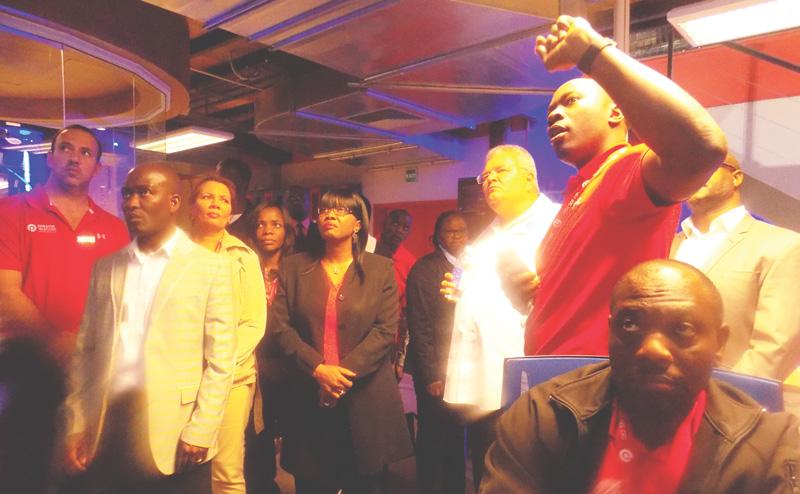
Dwindling accommodation statistics for August worrisome – Hospitality Association

Statistics from the Hospitality Association of Namibia (HAN) for the month of August, show that the Bed Occupancy rate at accommodation facilities fell by 4%, in comparison to the same period last year.
The statistics provided by the association show that a still significant 65% beds were occupied in total during August , however, speaking to the Economist, Gita Paetzold, Executive Officer of the HAN said that a decrease was expected.
The August decrease in bookings at accommodation establishments is not corroborated by anecdotal evidence from tourist arrivals through Hosea Kutako International Airport outside Windhoek. On several occasions during August and into September, the arrivals hall was completely overcrowded when hundred of visitors spent several hours in queues to pass immigration.
“From the comments from our (HAN) members, the performance is still better than the previous 2 to 3 years, but it is clear, that some losses are being experienced in the local market, (business with government, conferences, etc,) and the South African market, which is also showing a slight decline,” Paetzold said.
She said there are high hopes that the tourism industry will enjoy a steady growth, however she added that there is concern that the growth may not be sustainable, as already now some bottlenecks are experienced in certain areas like Sossusvlei, the North-East with over-demand on staff and infrastructure, both of which are stretched to capacity at present.
Paetzold said that due to the continued lack of skilled staff in hospitality to render normal customer and catering services, “there are signs of overstretching capacity of current staff, which does effect quality of service even more.”
The monthly slowdown in accommodation bookings is also in part attributed to the poor condition of many of Namibia’s roads and poor maintenance of some of the main tourist attractions.
Paetzold raised concern over the poor road infrastructure especially the gravel roads, which are in an appalling condition at present, especially those leading to tourism sites such as Sossusvlei, Twyfelfontein, and Palmwag, amongst others. Infrastructure at the country’s key points like airports are also a concern.
“The government does not seem to be able to match the demand for regular maintenance, let alone upgrading of these roads, and due to the increased number of self-drive tourists using these roads, the pressure on the infrastructure is of concern,” Paetzold stressed.
The Tourism Industry has for years tried to emphasize the need for an ‘all of government’ approach to tourism promotion, yet it seems many government institutions still do not realize that their actions have sever consequences on the tourism industry, Paetzold said.
“Decisions such as implementing a new cumbersome and time-consuming immigration procedure, (through the capture of biometric data) in the midst of the tourism high season, and without any prior consultancy with the tourism sector, including the tourism ministry and Namibia Tourism Board, – could brake the momentum that tourism has built up over the past few years, and tarnish Namibia’s image as welcoming, friendly and convenient travel destination,” Paetzold said.
Despite the looming red flags that need to be addressed with national urgency, both the Namibia Tourism Board and the private sector have maintained a strong marketing presence at international level, which is strongly supported by the added advertising that the international airlines flying into Namibia since last year do for their new destination, (Qatar, Ethiopian Air, KLM, Euro Wings).
“So in principle, all is set for another great year for tourism in Namibia,” Paetzold said.
Casting some light on the discrepancy between arrivals and bookings, Josephat Nambashu, an FNB analyst responsible for the FENATA Tourist Index stated, “although on average there were more tourists in the second quarter, they spent a lot less money at tourism establishments, as they opted for self-drive holidays and camping. While this may be of good news to car rental and camp site operators, it disadvantages hotel and lodge operators who have much larger fixed overheads to carry.”












































